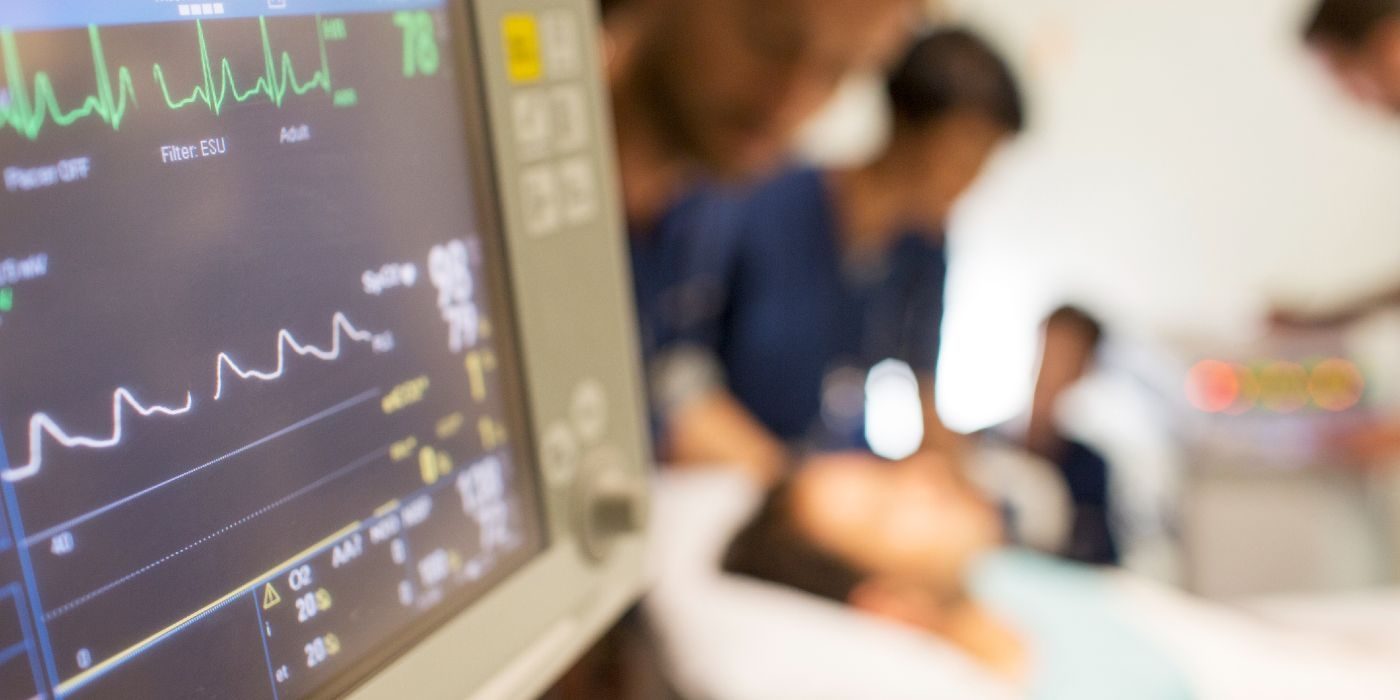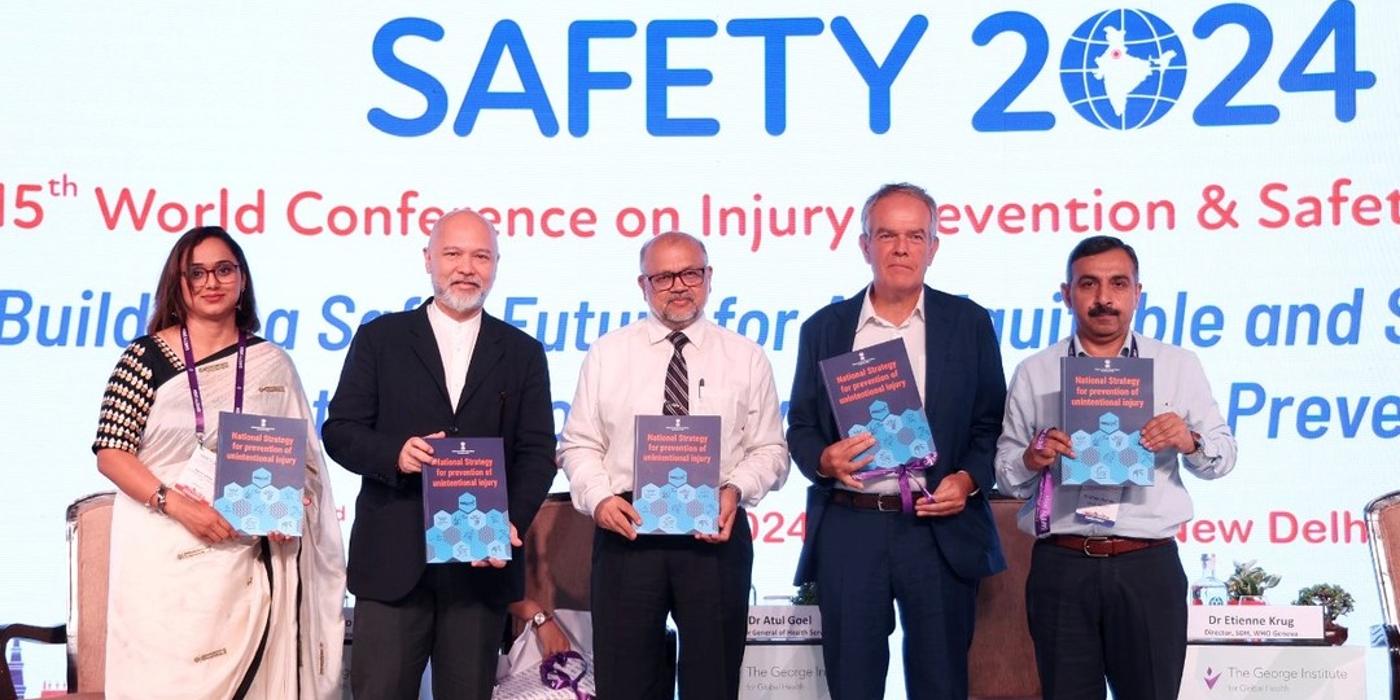
Injury and trauma
Injury is the leading cause of death and disability among working-age individuals, yet it remains an often overlooked global health challenge.
Each year, millions of lives are disrupted by unintentional injuries such as road injuries, falls, burns, and drowning. These preventable incidents have a significant and lasting impact on individuals, families, and communities worldwide.
The George Institute’s Injury Program is committed to addressing this critical issue. Through identifying community-based interventions and scaling up proven programs, we aim to influence policies and reduce the global injury burden..
Each year, millions of lives are disrupted by unintentional injuries such as road injuries, falls, burns, and drowning. These preventable incidents have a significant and lasting impact on individuals, families, and communities worldwide.
The George Institute’s Injury Program is committed to addressing this critical issue. Through identifying community-based interventions and scaling up proven programs, we aim to influence policies and reduce the global injury burden..
STATISTICS ON INJURY and TRAUMA
over1.3million
lives claimed annually in road injuries
236k
deaths by drowning each year with children in low-resource settings disproportionately affected
Injury and trauma
The George Institute’s Injury Program focuses on improving trauma care in areas with limited resources. We develop and evaluate cost-effective programs designed to enhance trauma management and rehabilitation. Our research—spanning surveillance, observational studies, and intervention trials—provides critical evidence to guide best practices and inform policy changes.
By advancing these efforts, we aim to reduce the burden of injuries and improve recovery outcomes for individuals and communities worldwide.
OUR PROJECTS
Latest NEWS and MEDIA
News and media releases
Injury team secures funding to study how age and sex affect reactions to car alerts
Date published: News Type: News
Turning the tide on drowning: SwimSafe initiative, supported by the Australian Government, empowers children in Kerala with essential survival skills
Date published: News Type: Media release
Road safety experts from The George Institute welcome Cashless Treatment Scheme, highlights need for effective implementation and pre-hospital care
Date published: News Type: Media release
WHO Releases First Global Status Report on Drowning Prevention
Date published: News Type: Media release
Videos and podcasts
LEAD RESEARCHERS
FURTHER READING




